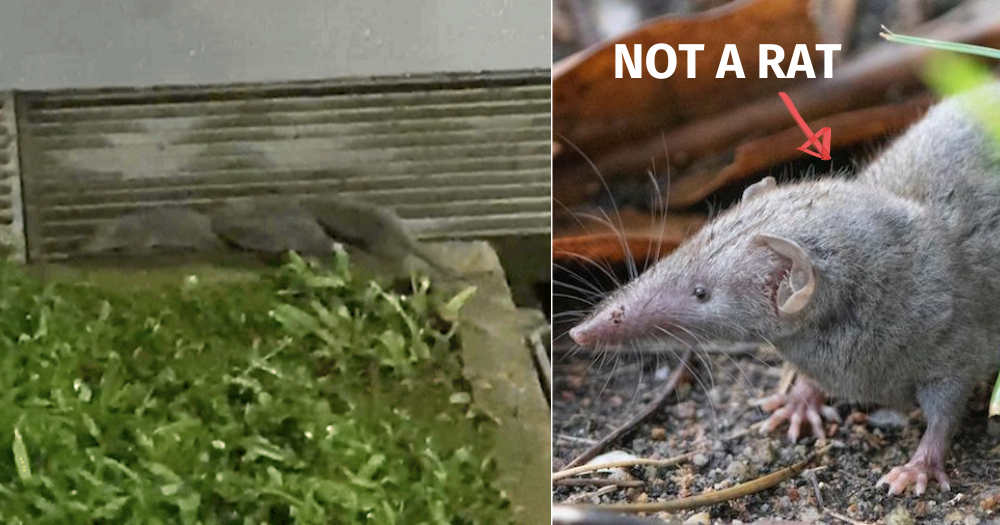Local nature enthusiast, Bernard Seah, captured a rare sighting of a family of shrews in Queenstown.
Family of shrews in a hurry in the estate
The rat-like mammals were spotted scurrying along the drain in the residential estate.
What's interesting was that they were huddling together while on the move.
Here's a video taken by Seah:
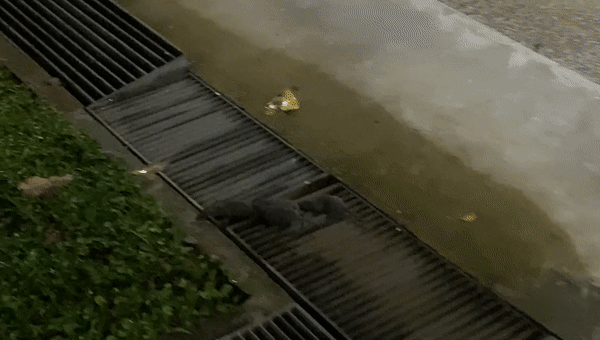 Footage via Bernard Photojournals/Facebook
Footage via Bernard Photojournals/Facebook
Seah identified that the shrews spotted are the Asian house Shrew, one of the largest shrews in the world.
Shrew caravan
Seah shared this sighting in a Facebook post on Dec. 20.
He observed that the younger shrews bit on to the mother shrew's tail or the tail of the fellow in front to form a "shrew caravan".
To ensure no one was left behind, two shrews might move abreast like what you see in the above-mentioned video.
Seah added that he has always been intrigued by these little creatures and was glad to have witnessed the scene.
He told Mothership that he read online that the creatures are usually solitary, except when mating or parenting.
This "caravanning" behaviour has been observed in other species of shrews too.
Not the first time
Seah who took the footage with his mobile phone told Mothership that this is not the first time he spotted shrews in the estate.
He observes that they appear at night in his estate about two to three times a month.
Here are two photos that provide a closer look of the creature captured by Seah during other encounters with them:
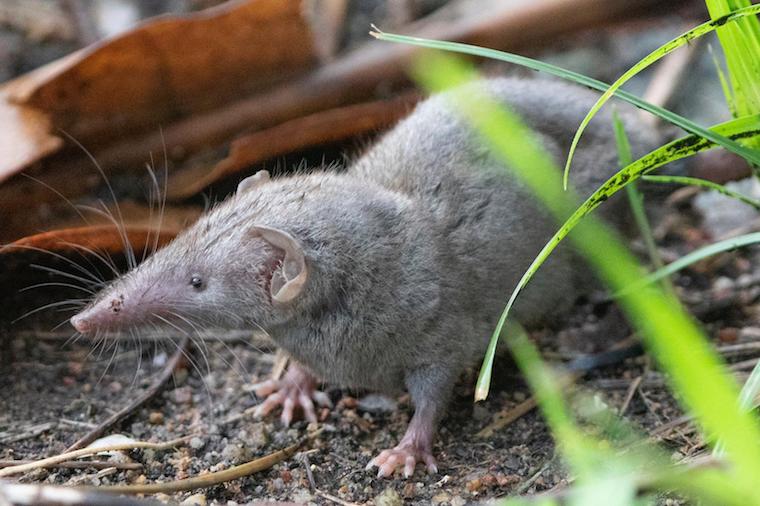 Photo via Bernard Photojournals/Facebook
Photo via Bernard Photojournals/Facebook
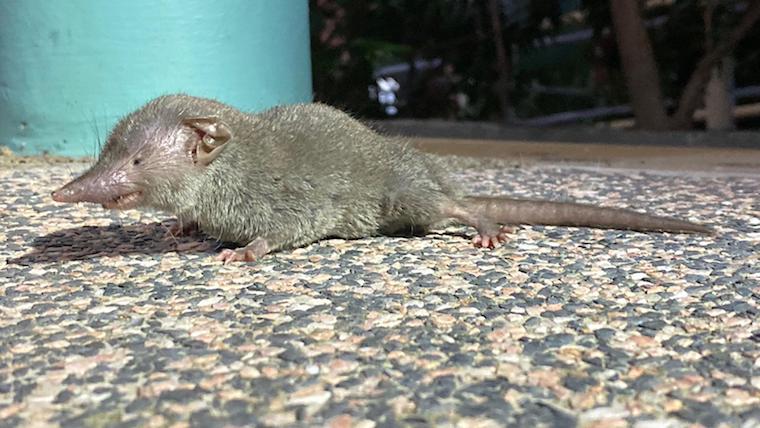 Photo via Bernard Photojournals/Facebook
Photo via Bernard Photojournals/Facebook
Not a rat
Shrews are not rats.
The insectivore can be differentiated from a rat by its pointed snout, its shorter thicker tail, and smaller eyes.
Unlike rats, shrews do us a great favour by managing the cockroach population in urban areas.
Shrews feed on seeds, insects (including cockroaches and crickets), and worms in leaf litter and dense vegetation, according to the National Environment Agency's website.
Here's a quick visual comparison between the two species:
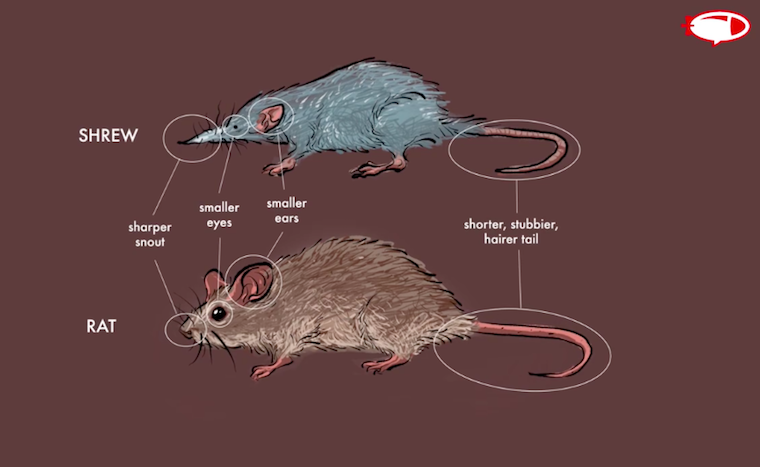 Screenshot via Mothership video
Screenshot via Mothership video
The nocturnal animal can be found in urban areas in Singapore, such as vegetated areas and gardens.
You can learn more about shrews through our video:
Totally unrelated but follow and listen to our podcast here
Top images via Bernard Photojournals/Facebook
If you like what you read, follow us on Facebook, Instagram, Twitter and Telegram to get the latest updates.
